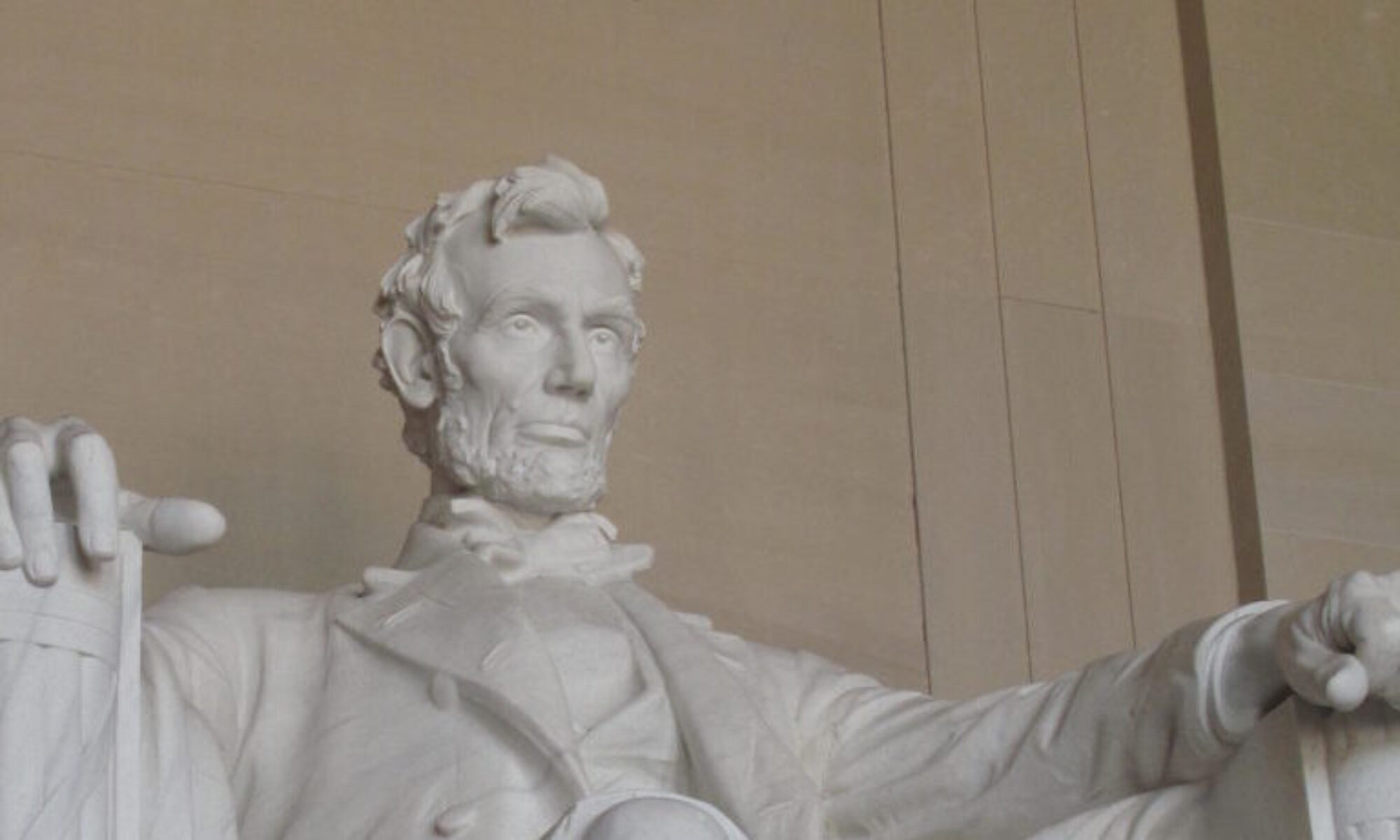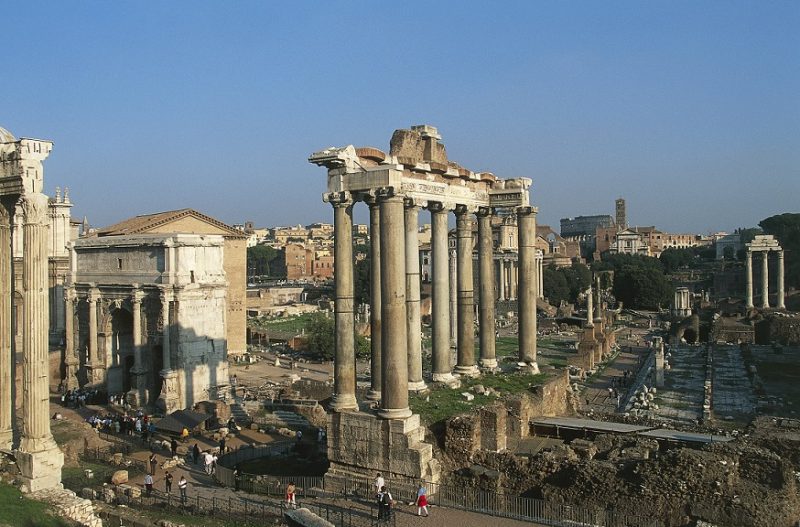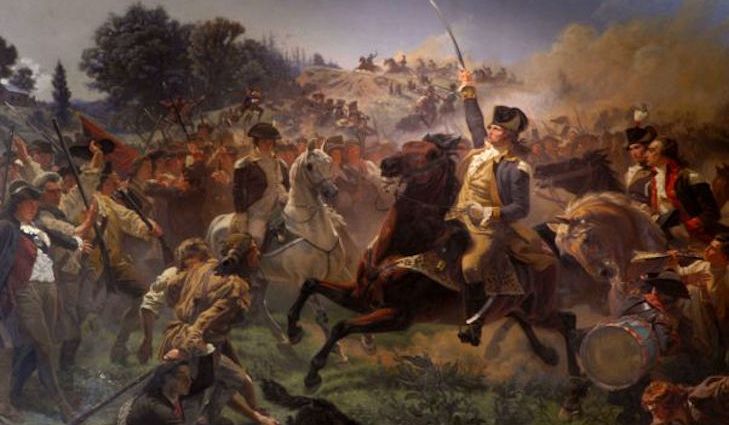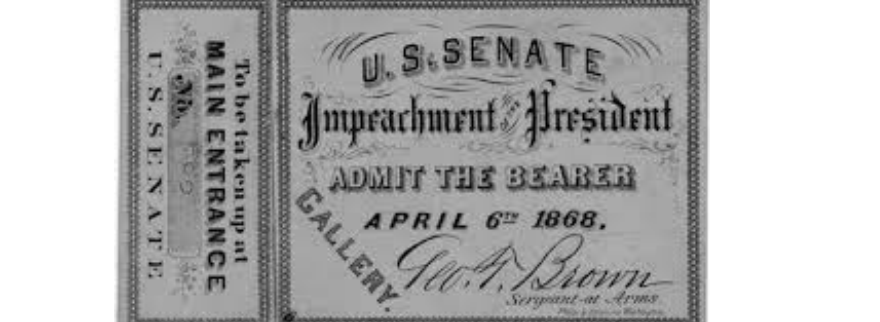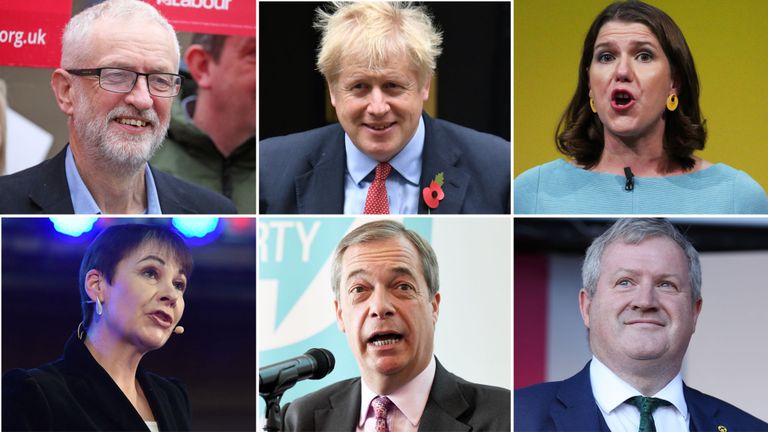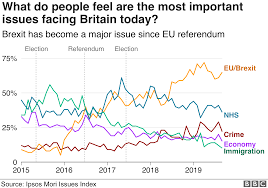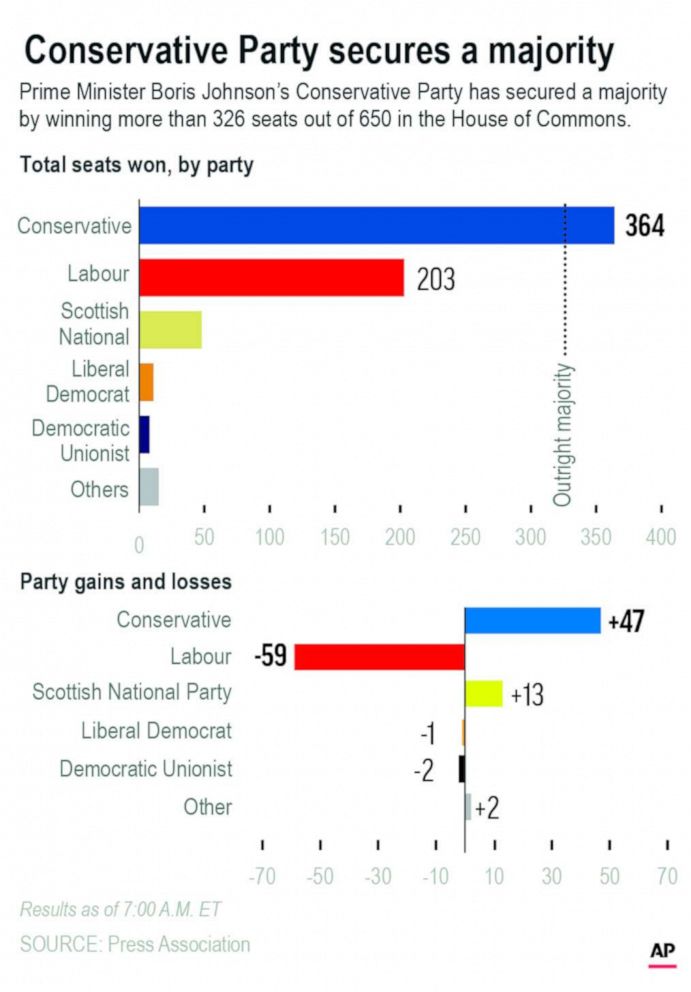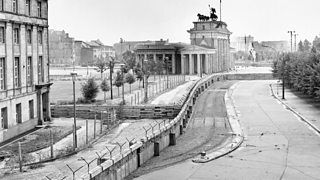
Whatever impulse for righteous protest propagated by the tragic death of George Floyd is long gone.
Around the world, in a very organized fashion, protests presumptively positioned to speak for people who have been profiled and abused by police, have exploded into calculated anarchic violence. From Tulsa to Tel Aviv, groups of agitators and their willing legions have used the premise of racial animus to invade city centers, loot, burn, and create general havoc with the solitary purpose of revealing the representatives of civil society to be totally impotent. Like all revolutions designed to overthrow the established order, the current actors show all the elements for a successful outcome. First, the environment is stoked by an event that creates an initial sympathy for the expressed rage, by those who see themselves as fair minded and willing to interpret protests as positive mechanisms for exposing flaws in society. Second, the actions are taken in rapidly progressive fashion identifying targets that are well beyond the scope of the original outrage and probe instead foundational structures of civil discourse and rule of law. Third, these actions are focused in cities where the local leaders believe that they are not only in sync with the agitators’ agenda but are convinced there is political advantage to be had in removing the population’s natural aversion to destruction and “managing ” the politics. Last, the great secret sauce is the financial and logistic support by wealthy elites who see great opportunity in using non-democratic means to more rapidly accomplish their objectives.
Any hope that legitimate reform would come out of the George Floyd arrest and similar events is now a forlorn prospect. In the United States, all the elements of a perfect storm are present for a real crisis in the society’s hard won civility. For three and a half years, the establishment elite opposition to the undisciplined and uncontrollable President Trump and his overturning of their unquestioned control has been brutal, underhanded, and sustained. The complete neophyte and flawed Trump was felt to be an easy target for a spectacular effort to undermine and hopefully overthrow, initially focused on an absurd piece of opposition party research blown up into a hoax of vast reach, implying the very security of the country was threatened by foreign powers using Trump as the Manchurian candidate. The lie was retrofitted onto a media only too willing to believe the worst, turning ridiculous, unrelated tendrils of contact into a massive conspiracy that was blasted night after night to the public as if it was unquestioned fact. Having failed miserably to produce a single actionable connection despite a special prosecution team built”not to fail”, rules of lawful behavior were thrown aside in an increasingly desperate effort to smear and hobble permanently their prey, the President. Coming up empty handed required new means of destruction, impeachment, propagated by a Trumpian off hand comment delivered on a secure phone call with the Ukrainian president, exposed by an internal spy positioned by the opposition to continue the deluge. Finally, with the failed impeachment, the convenient calamity of the pandemic offered a weakened President and a restless public as perfect bait for the explosion waiting for the right event. George Floyd was the unfortunate trigger, but events suggest any trigger would have provided the tinder radicals were looking for, feasting upon a weakened target and generating renewed flames of chaos the establishment was needing to remove Trump.
It is no coincidence that lawlessness is the political weapon of choice selected by opponents to weaken the President to the point of defeat in November. Attack on the rule of law has been the mechanism for decades, permitting establishment figures to skirt the law while regular citizens have often been made an example. Lawlessness reveals foundational weakness, and forces either acquiescence or reactions that further stoke violent tendencies when actions are driven beyond the proportion required by the inciting event. Democrat leaders look fondly at the chaos, for they see only two outcomes to allowing the continuing and growing violence, a president who looks weak by constitutionally leaving local authorities to secure their jurisdictions, or monstrous, by escalating the reaction to local tulmult with a massive federal response. The lives and property that will be the sacrifices to the violence are not of interest to Democrats righteous need to restore the natural order Trump radically threatened. The modern, increasingly radicalized Democrat Party remain extremely confident in their ability to maintain solidarity of the message of aggrievement, and the capacity to “call off the dogs” when they have been sufficiently restored to power. For them, chaos has a potential expiration date, and it is November 4th, the day after Trump’s defeat.
The problem is of course, nobody is going to be able to control anarchists, as long as the flames of anarchy are allowed to proliferate. Anarchy built on a demand for a profoundly new order of global overseers and complete eradication of capitalism and traditional social order will not exactly be easily placed back in the bottle when success has been tantalizingly been placed in front of them. It did not work for Kerensky against bolsheviks, Hindenberg against the Nazis, or Chiang Kai Shek against the Mao led communists , and Joseph Biden is no Kerensky, Hindenberg, or Chaing Kai Shek. Joe Biden, so close to the prize that has eluded him for decades, finds himself almost a cognitively empty vessel at the very moment of triumph. If handlers tell him his road to victory is paved with chaos, he will take the win, and let others handle the intellect and ruthlessness required to adjust after his long sought goal to ultimate political conquest. Such confidence is misplaced when the agitators see Biden and his clique, the last appeasing obstacle to their final triumph.
As Churchill once said so presciently, the appeasers feed the crocodiles, hoping they will eat them last.
